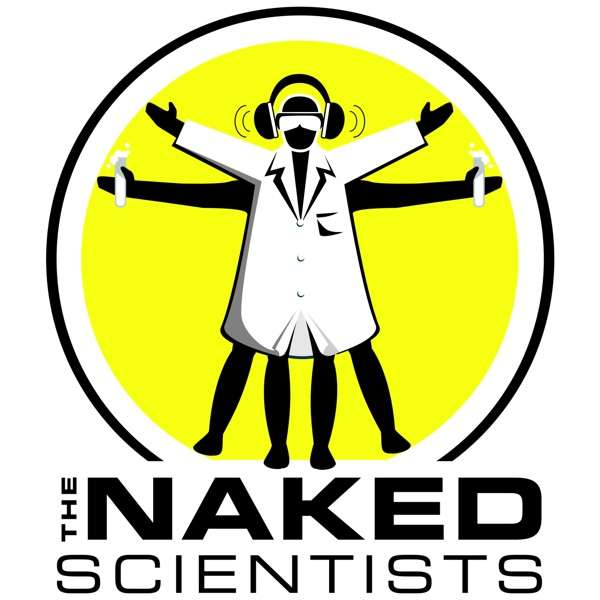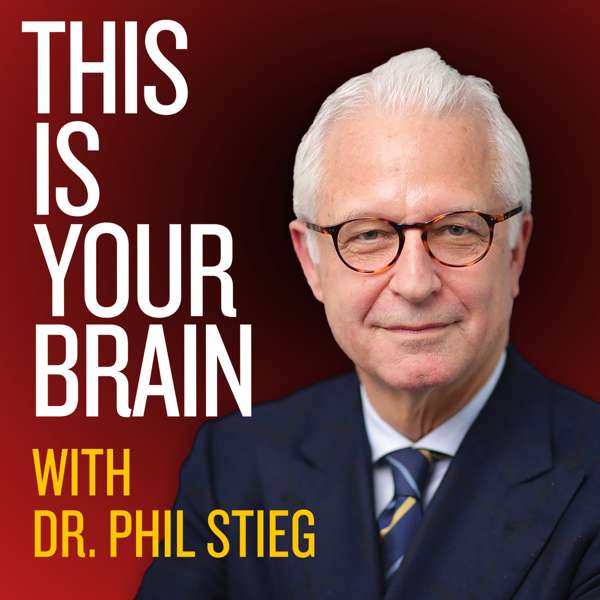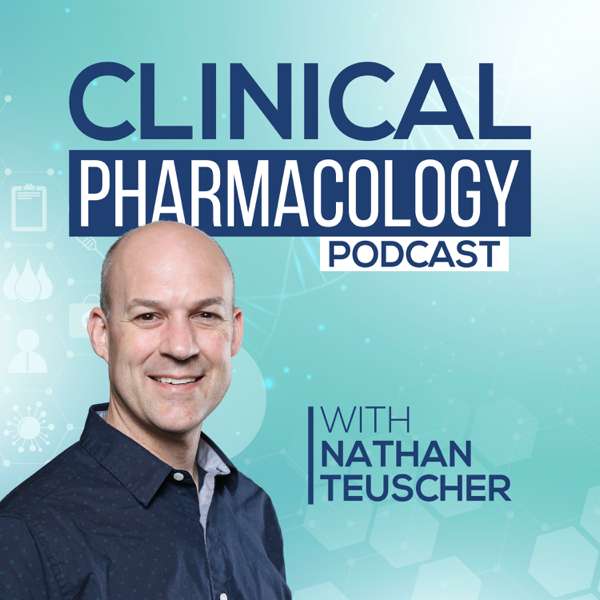Today’s episode is hosted live at the American Dairy Science Association Annual Meeting. It’s the first in our three-part series from the ADSA meetings where we are featuring graduate and post-doc students and their research. We have confirmed the future of the dairy research industry is bright hands with the next generation of leaders we had the opportunity to interview.
Effects of maternal dietary rumen-protected choline supplementation during late gestation on calf growth and metabolism.
Joining us is Turner Swartz from Michigan State University discussing his poster on the effects of maternal dietary rumen-protected choline during late gestation.
In general during the study, calves born to pre-natal treated cows showed lower amounts of oxidative stress and reduced inflammation. Studies on these calves ended at 21 days, but it is possible if the study had continued through weaning, that the choline supplementation could have resulted in better calf growth.
Additionally, cows that received choline produced 80% more colostrum than the control group, without diluting the IGG’s.
For more details, view the abstract summary here: https://balchem.com/animal-nutrition-health/wp-content/uploads/sites/3/2022/06/5-Effects-of-maternal-dietary-rumen-protected-choline-supplementation-during-late-gestation-on-calf-growth-and-metabolism.pdf
Changes in plasma and milk choline metabolite concentrations in response to the provision of various rumen-protected choline prototypes in lactating cows.
Joining us is Tanya France and Dr. Joe McFadden from Cornell University discussing her research on the effects of choline.
The goal of the study was to define the best rumen-protected choline technologies that enhance choline bioavailability. The study included two different experiments featuring mid and late-lactation cows. Varying doses of choline chloride were given as a ruminal bolus to the cow and measured the plasma in milk over the course of 36 hours.
For more details, view the abstract summary here: https://balchem.com/animal-nutrition-health/wp-content/uploads/sites/3/2022/06/3-Changes-in-plasma-and-milk-choline-metabolite-concentrations-in-response-to-the-provision-of-various-rumen-protected-choline-prototypes-in-lactating-cows.pdf
Rumen-protected choline (RPC) reduces hepatic triacylglycerol content by increasing hepatic triglyceride-rich lipoprotein secretion.
Joining us is Usman Arshad from the University of Florida discussing his research on choline reducing hepatic triacylglycerol content.
The study analyzes the effects of choline on reducing fatty liver at the cellular level, much more granular than studies done in the past. In the study the effect of choline was isolated, which proved that choline is a lipotropic agent that should be fed with other agents such as methionine.
In the experiment, feeding choline resulted in fewer cows with fatty liver, which means better health and milk production.
For more details, view the abstract summary here: https://balchem.com/animal-nutrition-health/wp-content/uploads/sites/3/2022/06/1-Rumen-protected-choline-RPC-influences-hepatic-metabolism-during-induction-of-fatty-liver.pdfhttps://balchem.com/animal-nutrition-health/wp-content/uploads/sites/3/2022/06/2-Rumen-protected-choline-RPC-reduces-hepatic-triacylglycerol-content-by-increasing-hepatic-triglyceride-rich-lipoprotein-secretion.pdf
Rumen protected choline (RPC) influences hepatic metabolism during induction of fatty liver.
Joining us is Usman Arshad from the University of Florida discussing his research on how rumen-protected choline influences metabolism.
For the study, cows were induced with fatty liver via caloric restriction, then fed them a diet high in fatty acids. Then they looked at triacylglycerides in the blood and collected lymphatic fluid. The study found that triacylglycerol levels were increased in both the blood and lymphatic system which suggests that choline increases digestibility of nutrients concurrent with enhanced absorption of triacylglycerols.
The study also found that choline reduces inflammation in cows, which could result in less mastitis or matritus. Choline could actually impact the immune function of the cows.
For more details, view the abstract summary here: https://balchem.com/animal-nutrition-health/wp-content/uploads/sites/3/2022/06/1-Rumen-protected-choline-RPC-influences-hepatic-metabolism-during-induction-of-fatty-liver.pdf
Increasing dose of prepartum rumen protected choline: Effects on milk production in Holstein dairy cows and Increasing dose of prepartum rumen protected choline: Effects on energy and nitrogen metabolism in Holstein dairy cows
Joining us is Dr. Henry Holdorf from the University of Wisconsin-Madison discussing his research on postpartum and prepartum rumen protected choline.
These studies focused on higher producing cows, as they were second or greater lactation cows. The results of feeding rumen-protected choline still created an increase in milk production. While the cows had high intakes, they were very typical in size for a midwest dairy cow.
An area of interest that requires more study is if choline impacts mammary gland function or rumen health and supply of nutrients. Considering carry-over effects that happen after stopping choline supplementations makes it a subject requiring more study.
For more details, view the abstract summaries here:
https://balchem.com/animal-nutrition-health/wp-content/uploads/sites/3/2022/06/7-Increasing-dose-of-prepartum-rumen-protected-choline-Effects-on-milk-production-in-Holstein-dairy-cows.pdf
https://balchem.com/animal-nutrition-health/wp-content/uploads/sites/3/2022/06/8-Increasing-dose-of-prepartum-rumen-protected-choline-Effects-on-energy-and-nitrogen-metabolism-in-Holstein-dairy-cows.pdf
Increasing dose of prepartum rumen-protected choline: Effects of in utero exposure on growth and feed efficiency in Holstein dairy calves.
Joining us is Dr. Henry Holdorf from the University of Wisconsin-Madison discussing his research on increasing the dose of rumen-protected choline and its effect on growth and feed efficiency via in utero exposure.
The results of the study showed that higher doses of rumen-protected choline in the first two weeks of life increased the average daily gains and feed efficiency than the control group. For this experiment the choline was mixed into the ration, so the intake of choline by the cow was dependent on her dry matter intake.
An important takeaway is that there are additional benefits for postpartum cows and their calves than what is established with choline. It’s a chance to help young, vulnerable animals.
For more details, view the abstract summary here: https://balchem.com/animal-nutrition-health/wp-content/uploads/sites/3/2022/06/9-Increasing-dose-of-prepartum-rumen-protected-choline-Effects-of-in-utero-exposure-on-growth-and-feed-efficiency-in-Holstein-dairy-calves.pdf
Increasing dose of prepartum rumen-protected choline: Effects of in utero exposure on Angus x Holstein beef calves and Effects of in utero choline exposure on growth and metabolism in weaned Angus X Holstein calves.
Joining us is Dr. Henry Holdorf and Dr. Billy Brown from the University of Wisconsin-Madison discussing their research on in utero choline exposure in crossbred calves.
The study by Dr. Holdorf fed choline mixed into the daily ration to prepartum cows and resulted in the male holstein/angus calves having improved rates of gain from three to eight weeks of age. It was linearly increasing with the increase of choline ingested by the cow. The results were not the same for female calves.
Dr. Brown continued the study after weaning of the calves by weighing them monthly and discovered there was a tendency of increased body weight, hip and wither height. For producers, this allows them to gain value on calves right out of the gate, as the average difference in growth was approximately 30 pounds difference between the control group and the highest dosage of choline.
For more details, view the abstract summaries here:
https://balchem.com/animal-nutrition-health/wp-content/uploads/sites/3/2022/06/11-Effects-of-in-utero-choline-exposure-on-growth-and-metabolism-in-weaned-Angus-X-Holstein-calves.pdf
https://balchem.com/animal-nutrition-health/wp-content/uploads/sites/3/2022/06/10-Increasing-dose-of-prepartum-rumen-protected-choline-Effects-of-in-utero-exposure-on-Angus-x-Holstein-beef-calves.pdf
Effects of dietary rumen-protected choline supplementation during an intramammary lipopolysaccharide challenge in periparturient dairy cattle.
Joining us is Turner Swartz from Michigan State University discussing the effects of choline supplementation.
The hypothesis of the study is that choline supplementation increases milk yield due to a reduction in inflammation. To prove this, cows were put into inflammation with a lipopolysaccharide (LPS) challenge, which traditionally would decrease milk yield. The study found the choline response was greater than the LPS response. Choline increased milk production by 3kg per cow per day. The LPS was reducing production by 2kgs per cow per day.
For more details, view the abstract summary here: https://balchem.com/animal-nutrition-health/wp-content/uploads/sites/3/2022/06/4-Effects-of-dietary-rumen-protected-choline-supplementation-during-an-intramammary-lipopolysaccharide-challenge-in-periparturient-dairy-cattle.pdf
If you want one of our new Real Science Exchange t-shirts, screenshot your rating, review, or subscription, and email a picture to anh.marketing@balchem.com. Include your size and mailing address, and we’ll get a shirt in the mail to you.
Please subscribe and share with your industry friends to bring more people to join us around the Real Science Exchange virtual pub table.
This podcast is sponsored by Balchem Animal Nutrition and Health. This podcast is sponsored by Balchem. All views expressed by the guests are the opinions of those individuals and are not the views of the Balchem, its affiliates or employees.

 Our TOPPODCAST Picks
Our TOPPODCAST Picks  Stay Connected
Stay Connected







